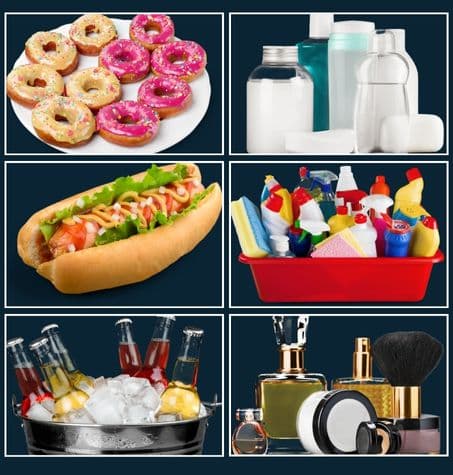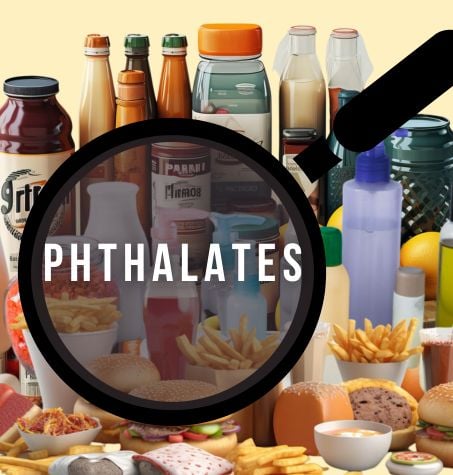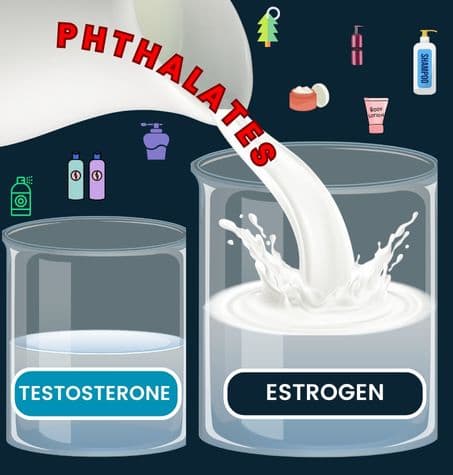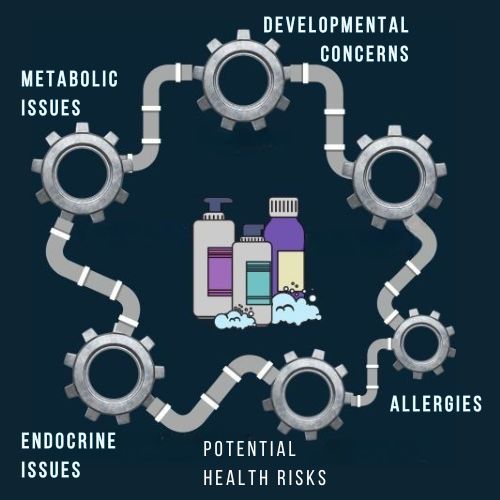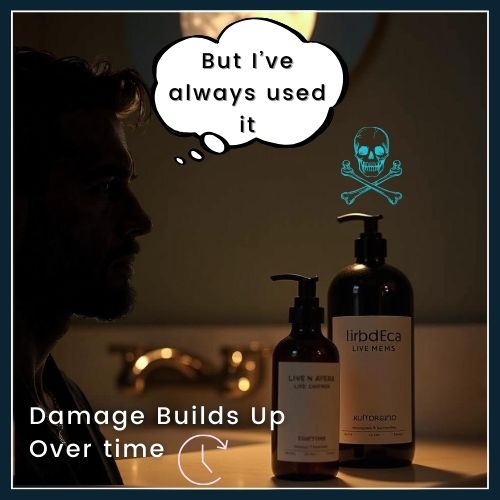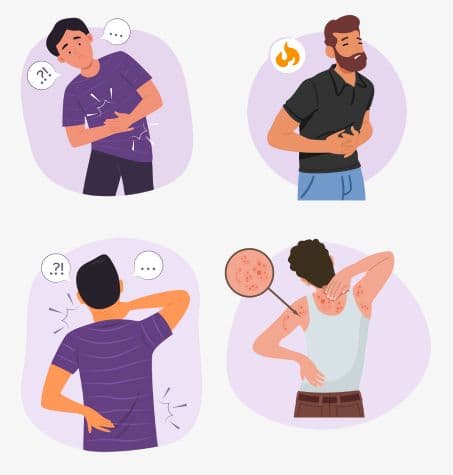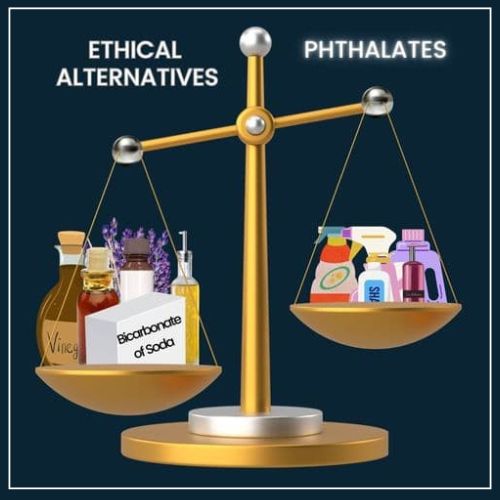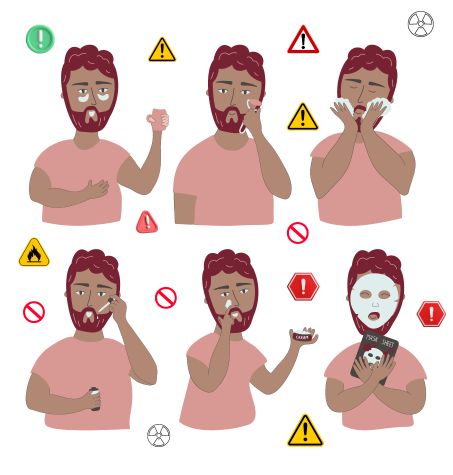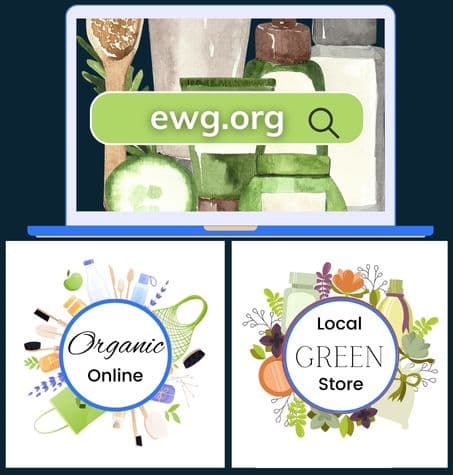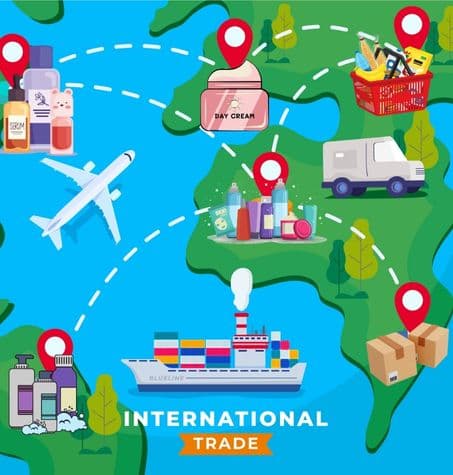
Phthalate - Worldwide Distribution
The internet turned global shopping into the Wild West. Massive marketplaces like Amazon and eBay let anybody sell almost anything anywhere with barely a glance at what's inside the bottle. Your Japanese face wash and "authentic" European cologne might be full of ingredients banned in their supposed countries of origin. Products fly across borders faster than regulations can catch them. Even countries with strict chemical laws struggle to police every package coming through.

